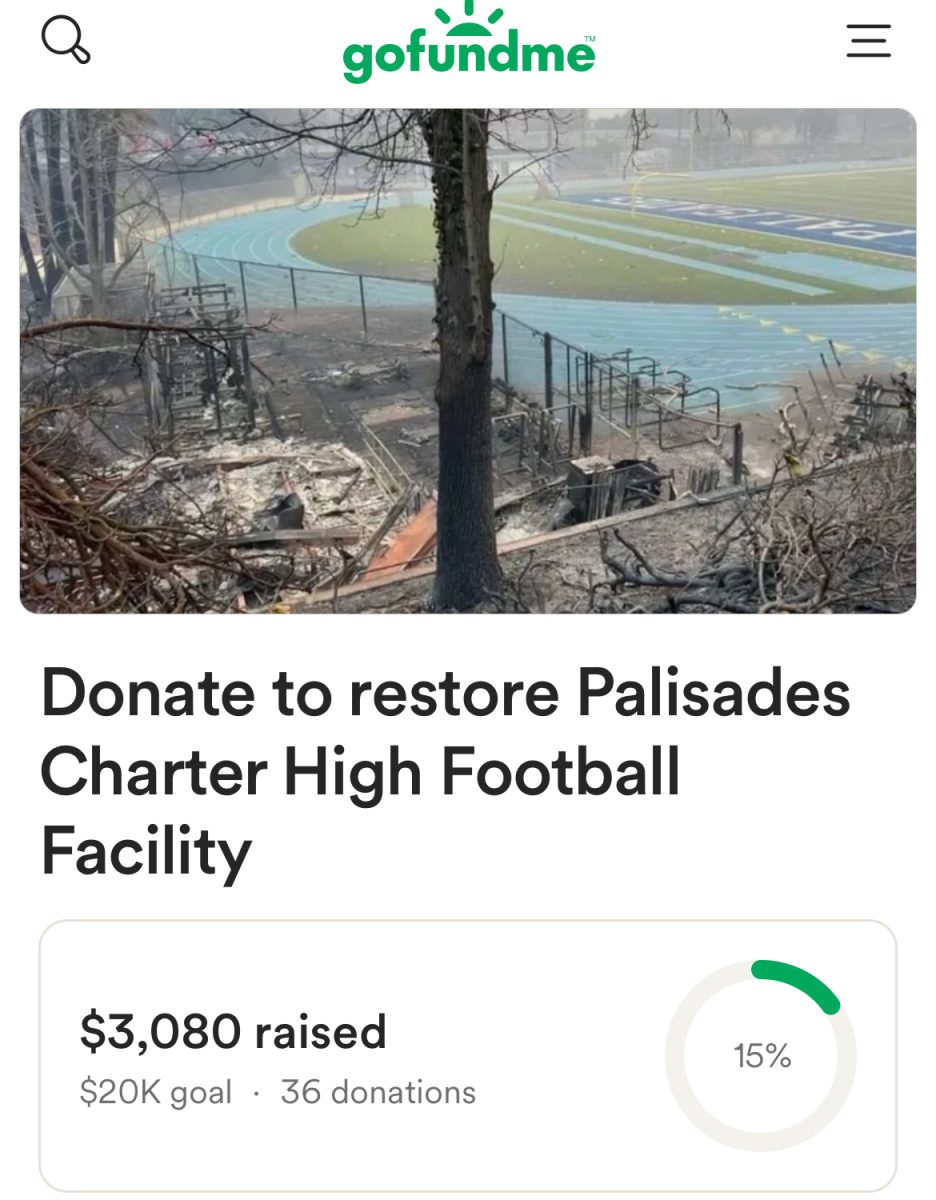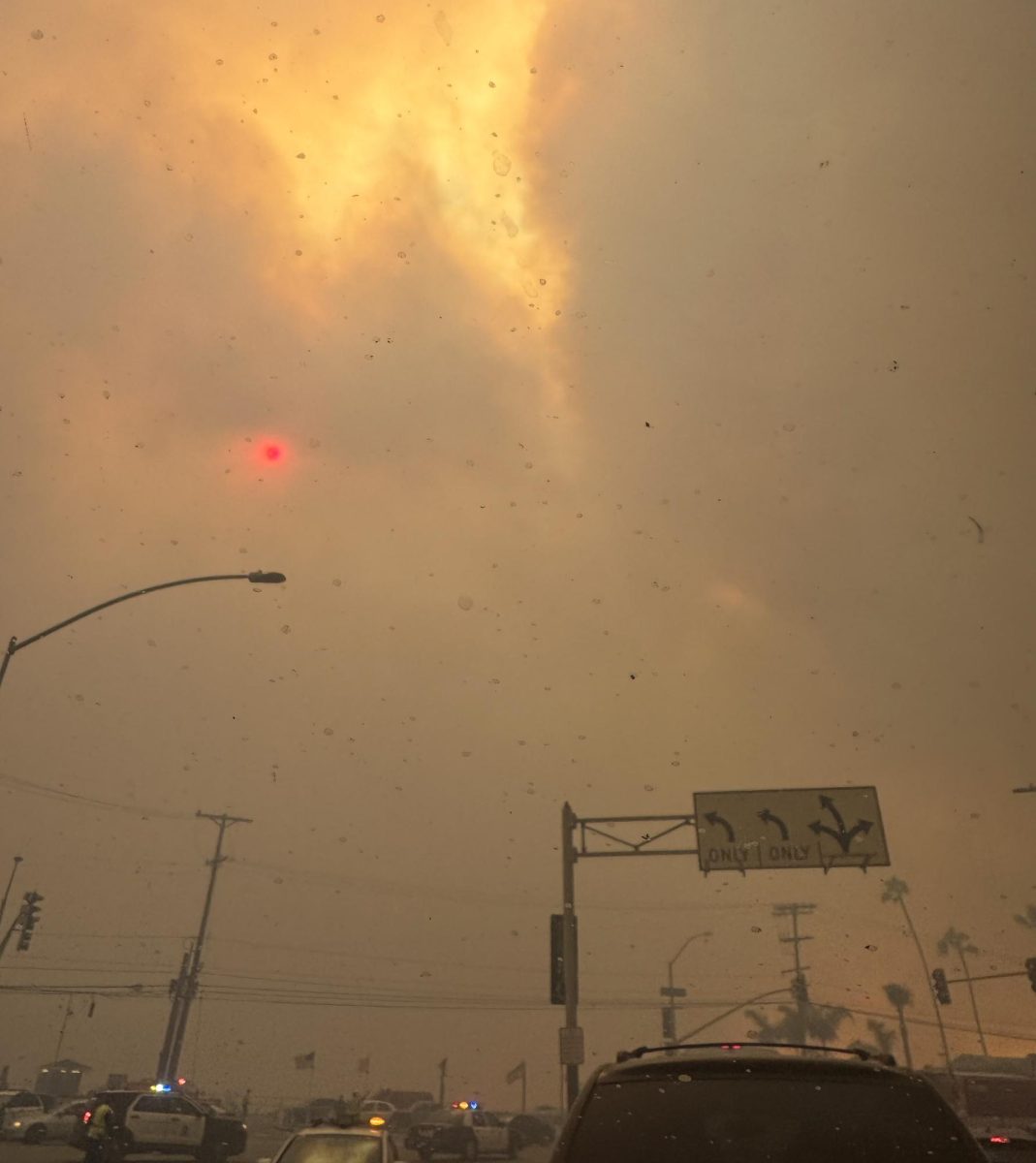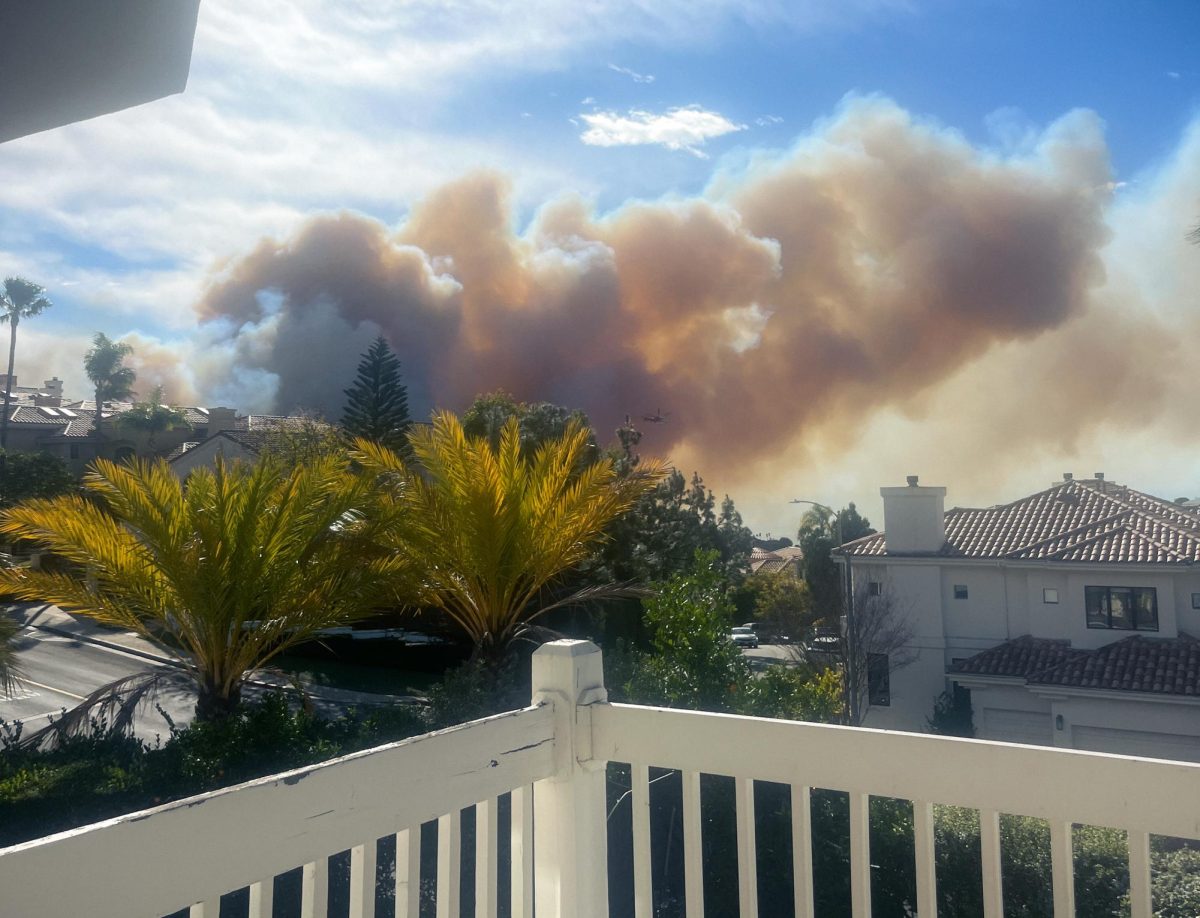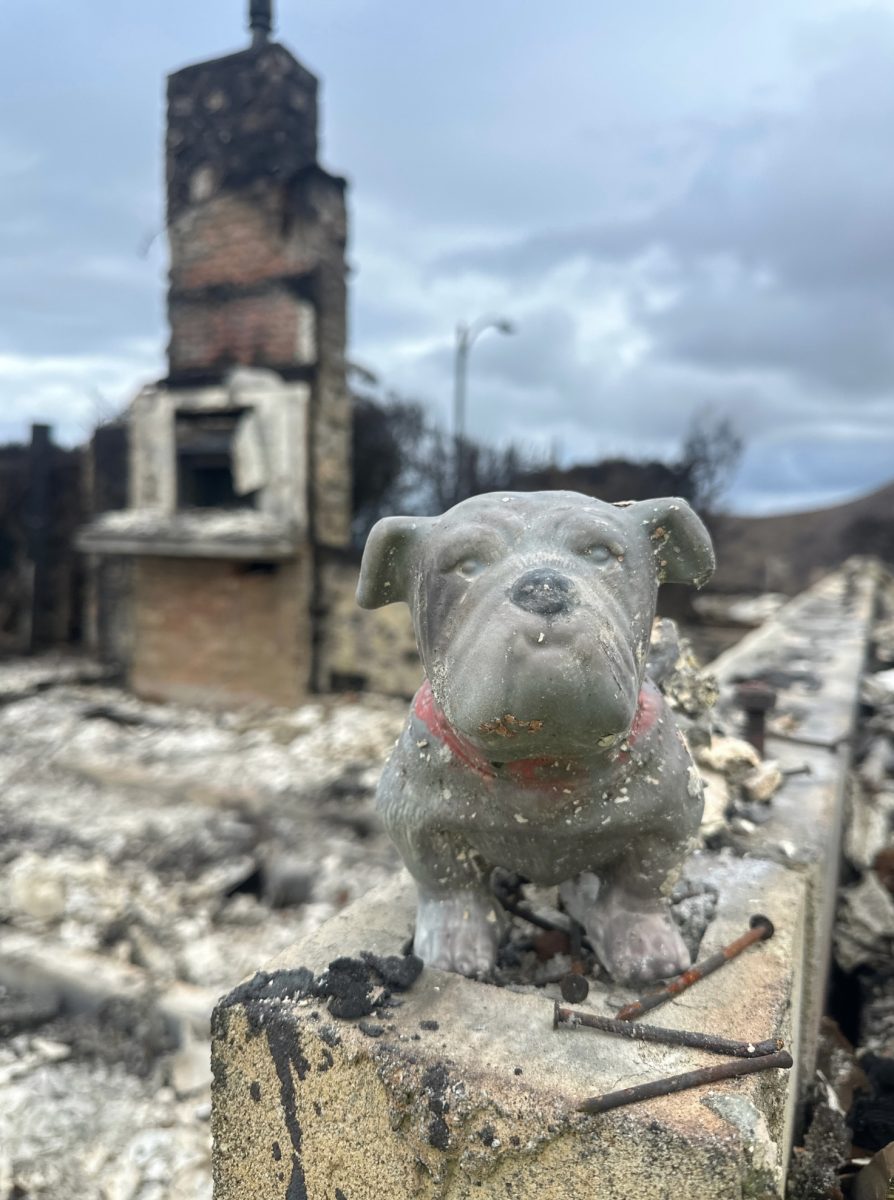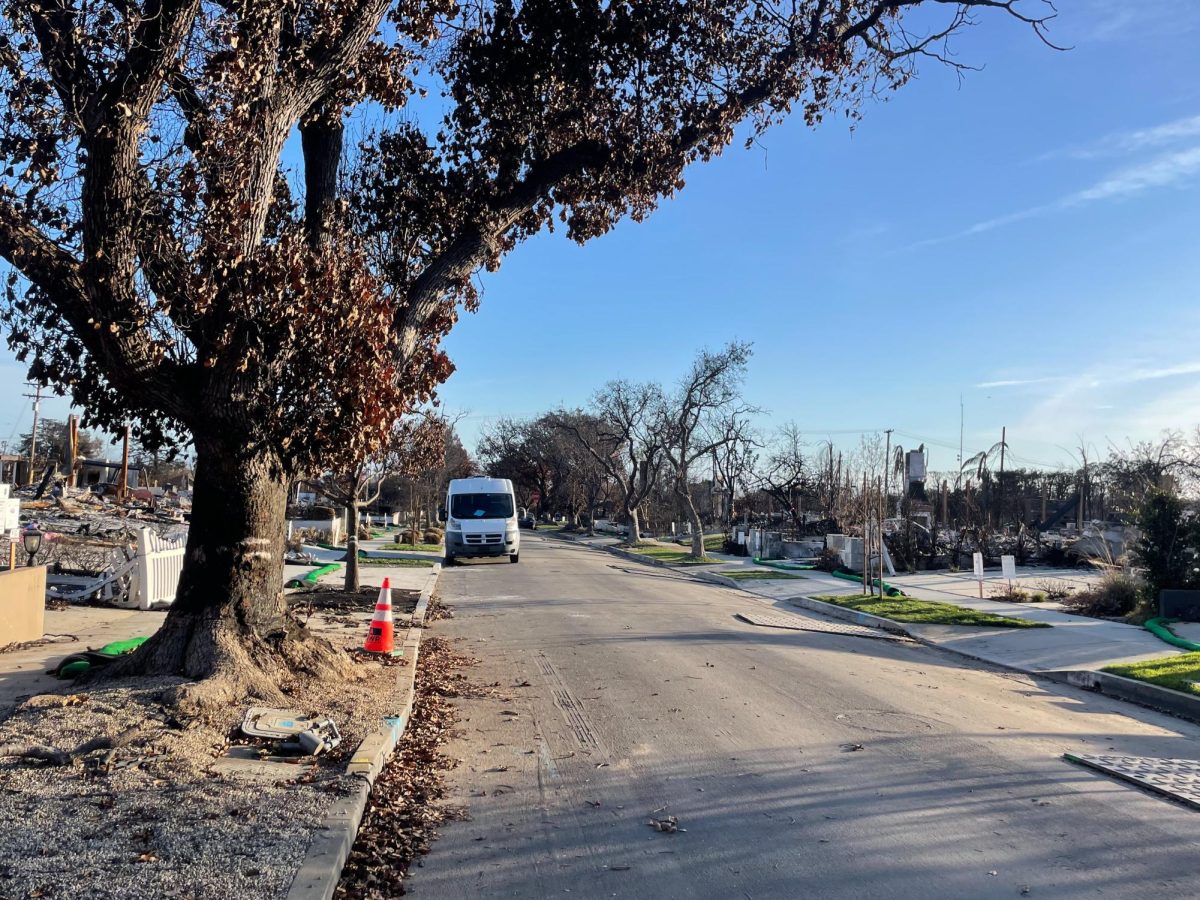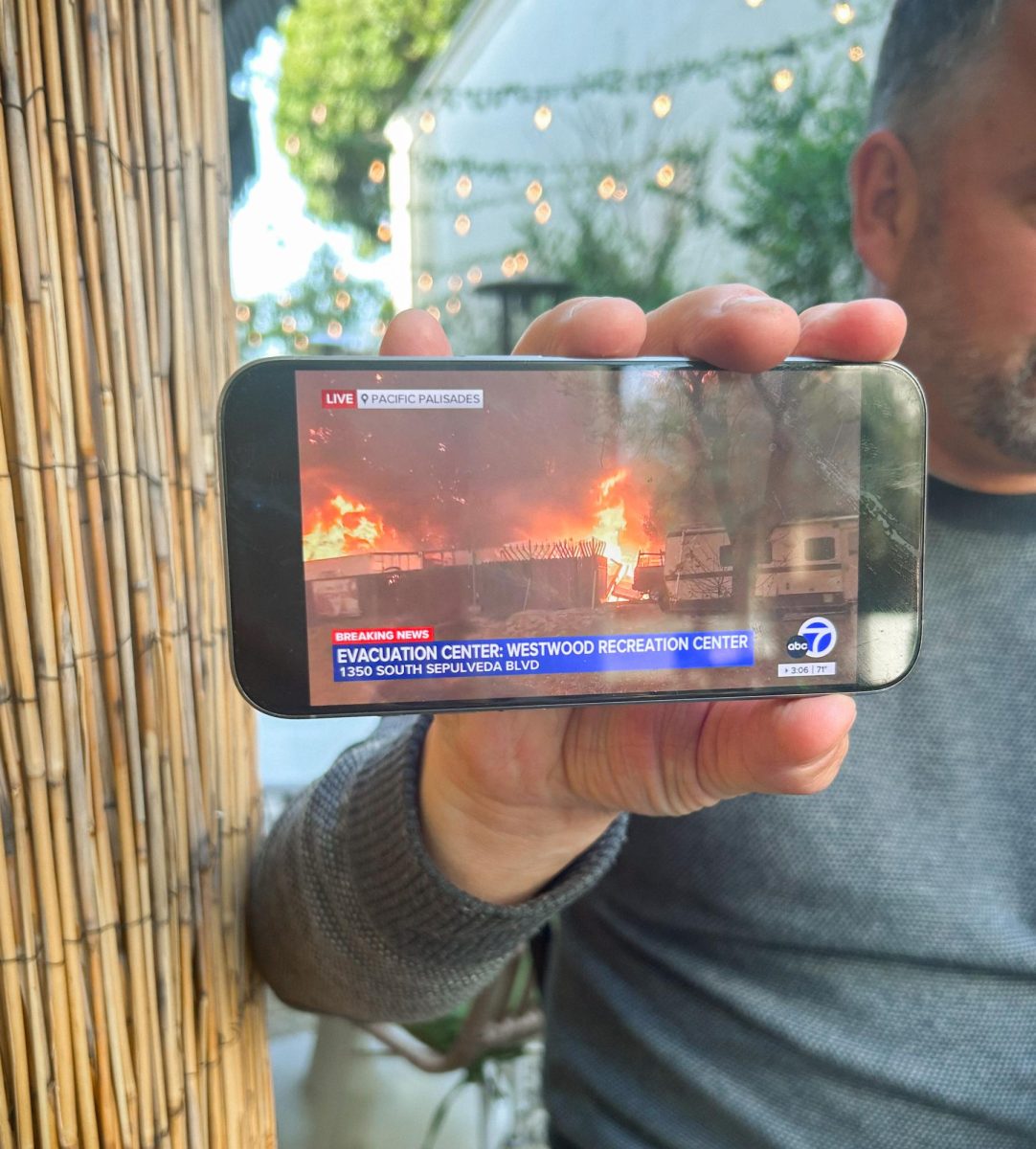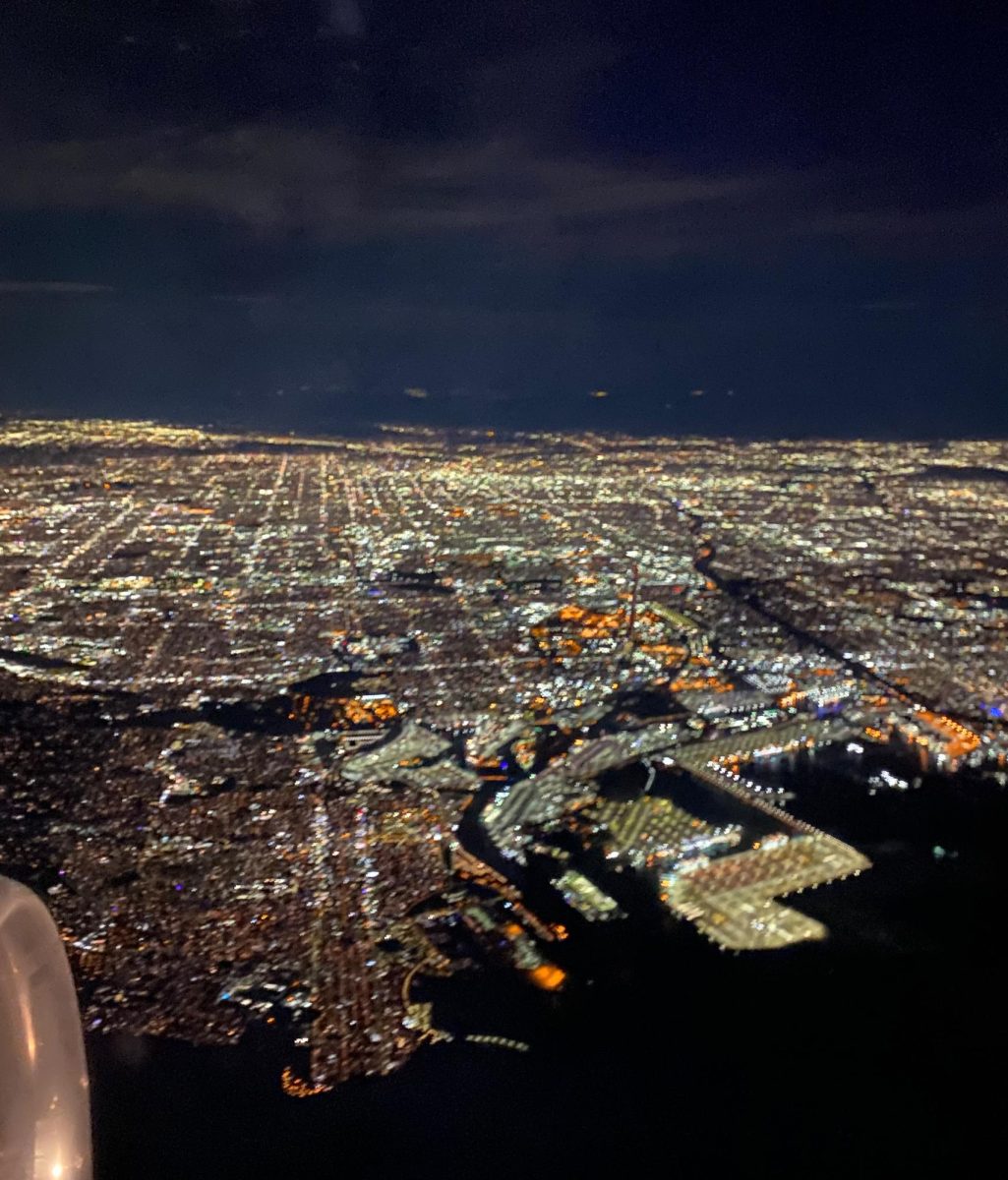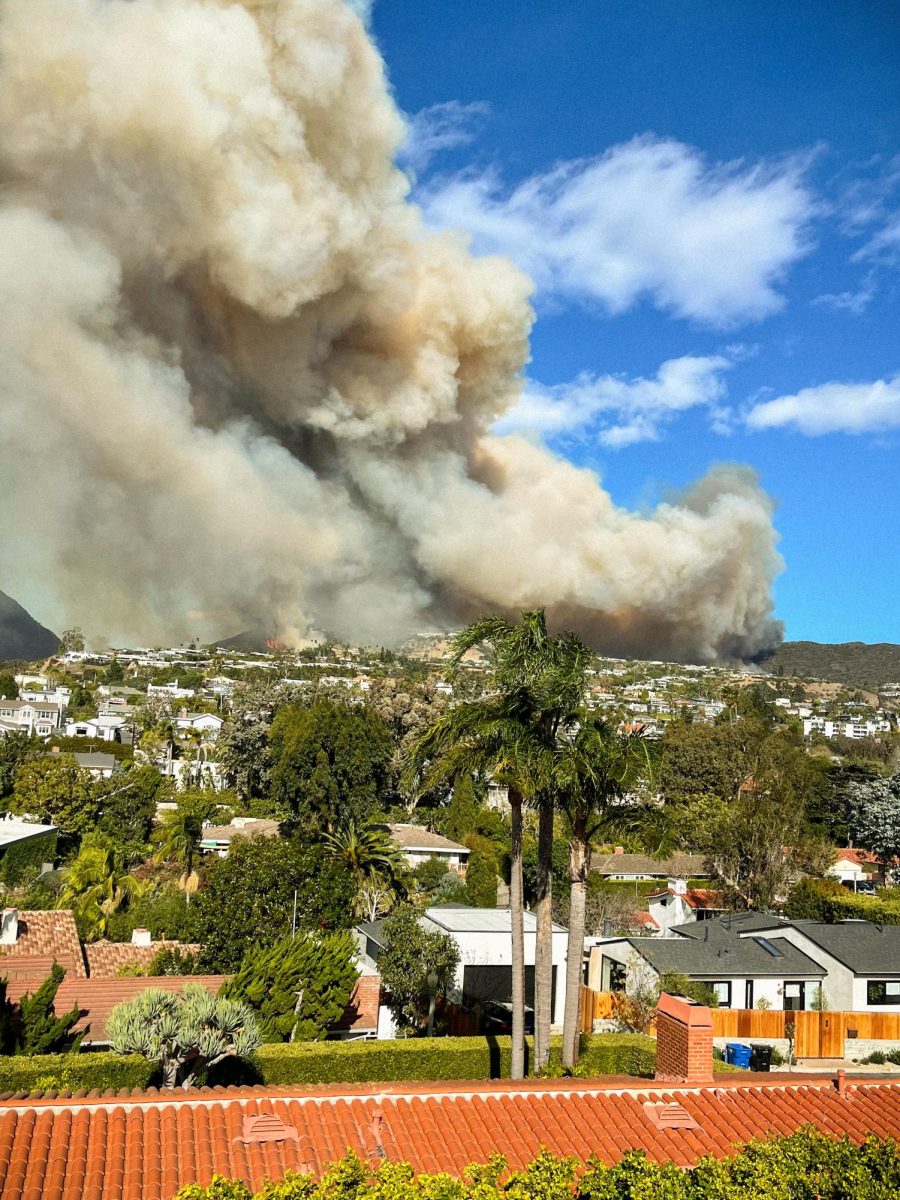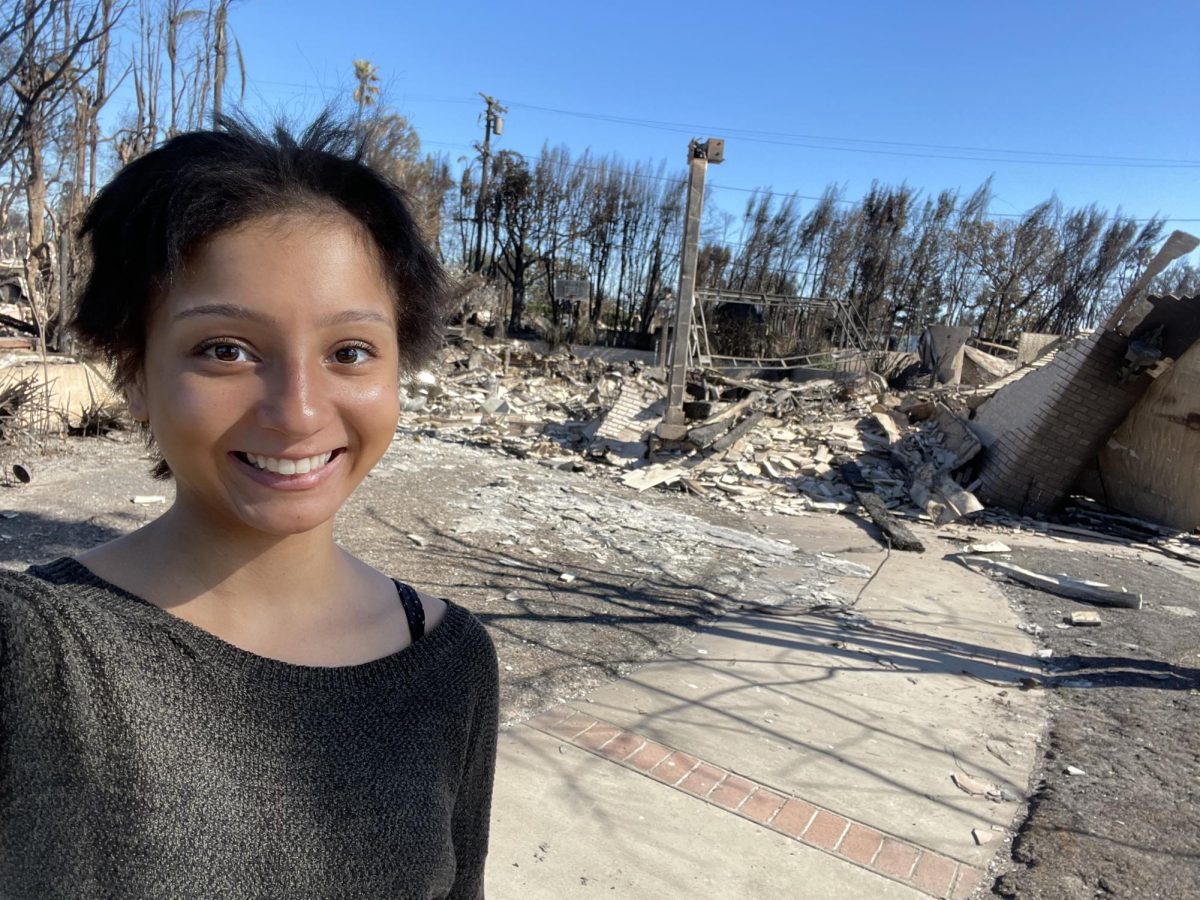How Pali Handles Emergency Situations with Director of Operations Don Parcell
December 13, 2019
In the wake of the shooting at Saugus High School in Santa Clarita on Nov. 14, I asked Pali’s Director of Operations Don Parcell about the processes and safeguards that the school has in place in the event of an emergency.
*Quotes have been edited for clarity
Q. What precautions does Pali take to prepare students and faculty/staff for emergencies?
A. We provide information and do drills every semester for issues related to fire, earthquake, active intruder and toxic airborne exposure. All classrooms have safety supplies related to these various emergencies, and faculty and staff receive training each year on our safety protocols for these types of events. There is also an extensive School Emergency Operations Plan (SEOP) with detailed guidance on how to handle these and other emergencies.
Q. How are teachers and faculty/staff trained to react in emergency situations?
A. Their actions will be dependent on the type of emergency, the severity of the issue and the dynamics of the situation. But, all faculty and staff are trained on the emergency protocols each year, get refreshers when delivering this safety information to students and practice during the drills.
Q. Do certain faculty/staff have designated roles in an emergency event?
A. Yes, there’s an extensive list of our School Emergency Response Team (SERT) and their roles/responsibilities. Things including but not limited to the following: Security/Safety and Traffic Control, First Aid, Mental Health Services, Incident Command, Public Information, Search and Rescue, Utilities and Hazardous Materials, Evacuation Management and Reunification.
Q. How does Pali plan to communicate the nature of the emergency to students, parents and law enforcement agencies while the emergency is occurring?
A. We use all communication channels available to us at the time (phone, email, text, social media, public-address system, desk phone intercom system, person-to-person communication, etc.). It all depends on what services are available at the time, the nature/extent of the emergency and whether the target audience is on-campus or off-campus.
Q. What is the system in place for parents picking students up or students leaving after the emergency?
A. There is a reunification process that is outlined on the PCHS website (www.palihigh.org) and has been communicated to all families at registration times, [along with] reminders sent during the school year and practiced during our fire and earthquake evacuation drills. The more detailed reunification process is in the SEOP.
Q. What can students do proactively to prepare for or prevent an emergency situation?
A. Best thing students can do is learn, study and remember the protocols for each type of emergency, take the drills seriously, be able to help others if they need it and strongly encourage all their peers to do the same. If everyone is well-versed in what to do when an emergency event occurs and keeps calm and follows those protocols, it will make everyone safer.



